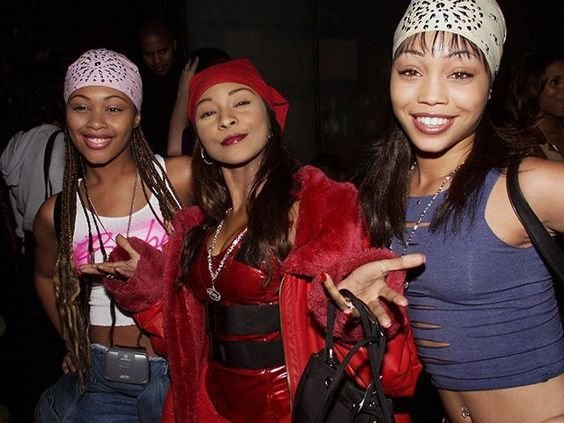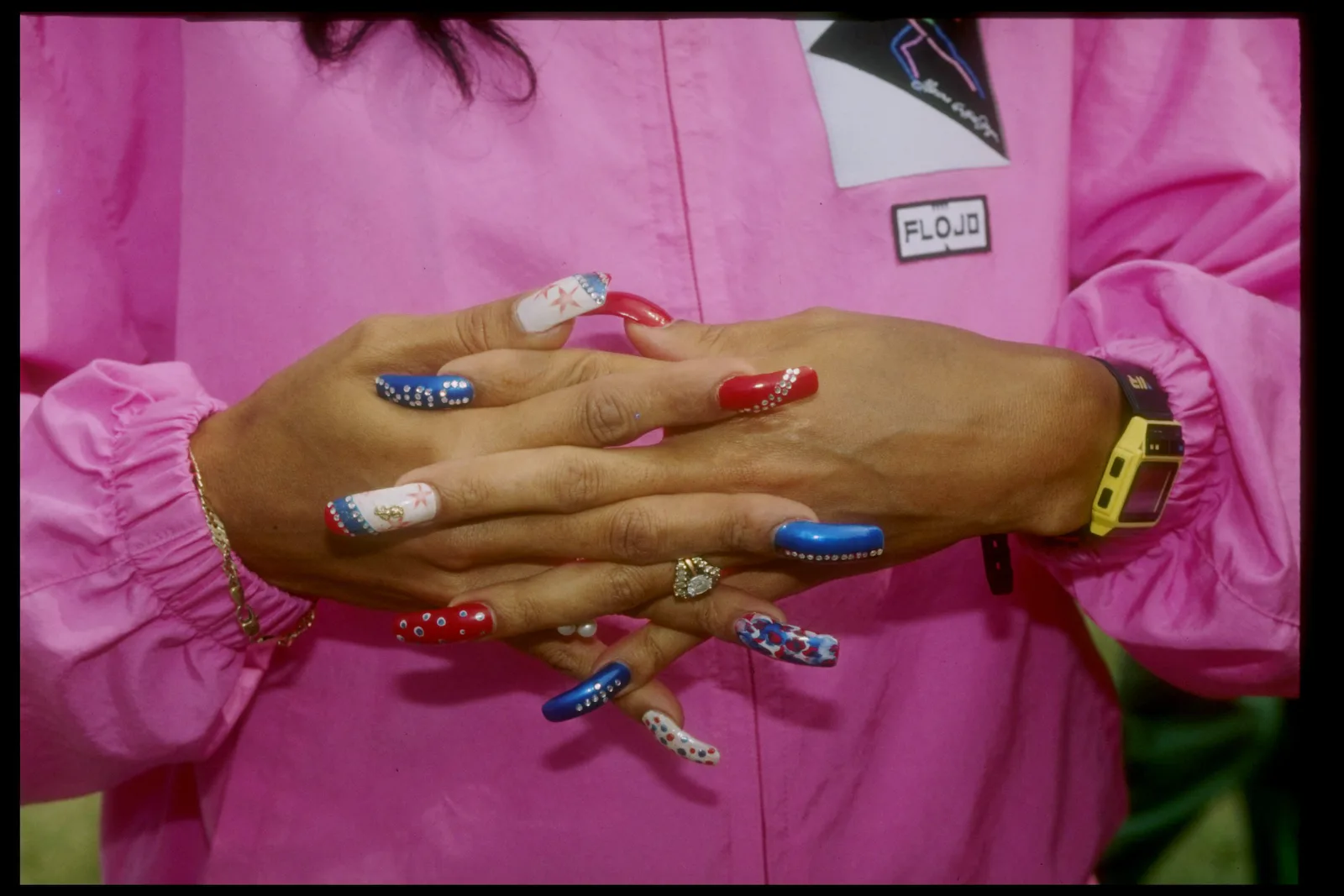Your Favorite Beauty Trends Were Started by Women of Color
Image Courtesy: Strike Magazine Tallahassee
The influence of Black, Latinx, Native American, and Asian cultures have served as the inspiration behind countless modern popular beauty trends. From the “clean girl aesthetic” to streetwear style, not many people realize that these trends each have roots in communities of color. Women of color have sparked cultural lexicons by simply existing for centuries, their vibrant and beautiful aesthetics radiating outward to all people. Their cultural beauty practices and fashion styles have proliferated into a seemingly global code of beauty habits and trends that many individuals partake in, often sharing them on social media. However, with the constant growth of social media, specifically TikTok, we can notice that credit for these trends is not often given where it is rightfully due. Here are five viral trends in beauty and fashion that you probably know about, just not of their true origins.
Image Courtesy: Pinterest
1. The “Clean Girl” Aesthetic
If you are active on TikTok, you have most definitely stumbled across the concept of the “clean girl.” Her defining look is marked by slicked-back hair, laid edges, gold hoops, minimal jewelry, glowing skin, and neutral clothing. She gives off an ambiance of clean, effortless perfection without having even lifted a finger. Social media influencers such as Hailey Bieber have seemingly become the face of this aesthetic. Consequently, a craze fell over social media, with many users attempting to master this look. Although the trend seems innocent enough, the reality is that Black and Latinx women have been flaunting this look for decades before it became popular online. Slicked-back hairstyles, laid edges, and gold hoops have forever been a staple in Black and Latinx communities long before the Hailey Bieber’s of the world began doing so. In addition, these women of color have often been mocked or called derogatory terms in the past for these looks. One TikTok user, Lupita (@guada.lupita), shared her experience online, mentioning in her video, "We've been doing our hair like this all the time. When I was a teenager, people would call us dirty because you wouldn't do your hair and have it in a slick bun, ponytail, or braid with hoops. Now it's called 'clean girl,' when it used to be called the 'dirty look'?" It is strange and upsetting to note how this aesthetic has been rebranded into a clean, cookie-cutter look as soon as white women started to incorporate these styles into their beauty routines. Alas, there is nothing wrong with appreciating the looks and aesthetics pioneered by a woman of color. Nobody is telling white women to stop wearing gold hoops or to stop slicking their hair back, but simply acknowledging where the look derived from makes all the difference.
2. Slugging
Slugging is probably the one viral skincare trend that saved my skin. My dry, acne-prone skin became hydrated and healthy with consistent “slugging”. Although the name may sound off-putting, the concept is quite simple: as the final step of your skincare routine, you lock in all the moisture by “slugging” on a layer of an occlusive petroleum product over your skin. I use CeraVe’s Healing Ointment, but Vaseline or Aquaphor work just as well. Slugging is a K- Beauty trend that originated in South Korea and recently made its way west to American audiences. South Koreans are known for their innovative and effective skincare tips, and I know for a fact it is appreciated among my fellow acne-prone girls.
3. Long Nails & Nail Art
Experimenting with florescent colors and extravagant patterns on nails is one of the ultimate forms of self-expression. It also just happens to be that long, acrylic nails with intensive designs are all the rave right now. But where exactly did this type of art come from? Nail art has been a massive outlet for creativity in the Black community, dating back to the 90s. Hip-hop stars such as Lil Kim often flaunted their notable extra long, curved tip, French tip acrylics; Janet Jackson and Halle Berry were also known for flaunting their nail art in their music videos. However, like many other trends that come from black culture, long nails were deemed “ghetto” by many outsides of the Black community. Against the criticism, nail artists continued to experiment and push boundaries on what they could design on an artificial nail. Long nails and nail art have become a statement, as well as a representative of black culture and history: bold and beautiful.
Image Courtesy: Bustle
4. Nameplate Jewelry
From personalized name necklaces to initial rings, nameplate jewelry is yet another staple of the Black and Latinx community. Whether it be subtle, flashy, silver, gold, or diamond encrusted, the common denominator among all nameplate jewelry is the sentimentality and emotion behind them. Nameplate Jewelry sends a statement, “This is who I am, and I am proud.” What bolstered its cultural notoriety on a different level, however, was the hip-hop and rap era of the 90s. Artists such as Tupac and Aaliyah were known for rocking cursive nameplates covered in diamonds that inscribed names, nicknames, pseudonyms, or brands. To this day, many rappers and r&b artists continue upon this legacy of adding big, iced-out nameplate jewelry to their looks.
Image Courtesy: Tumblr
5. Streetwear
The term “streetwear” suggests some ambiguity, but its origins are very specific. First starting among New York urban youth around the 1980s, it has evolved into a myriad of cultural looks from Black, Japanese, and Latinx communities that have culminated into the casual chic looks we know and love. Streetwear also encompasses elements of punk, skateboarding, hip-hop, and surfer culture, as well as Japanese street fashion. In recent years, streetwear has become an umbrella term of sorts for specific styles such as athleisure, notably the fashion of choice for celebrities such as Kanye West and The Kardashians. The societal shift from baby boomers “dressing up”, to the notion of casual wear being acceptable and hip, hit its peak in the 90s, with crop tops, baggy pants, windbreaker jackets, oversized clothing, and sneaker culture becoming closet staples.
Strike out,
Writer: Emily Valmana
Editor: Jayna O
Graphic Designer: Lindsay Merril
Tallahassee




